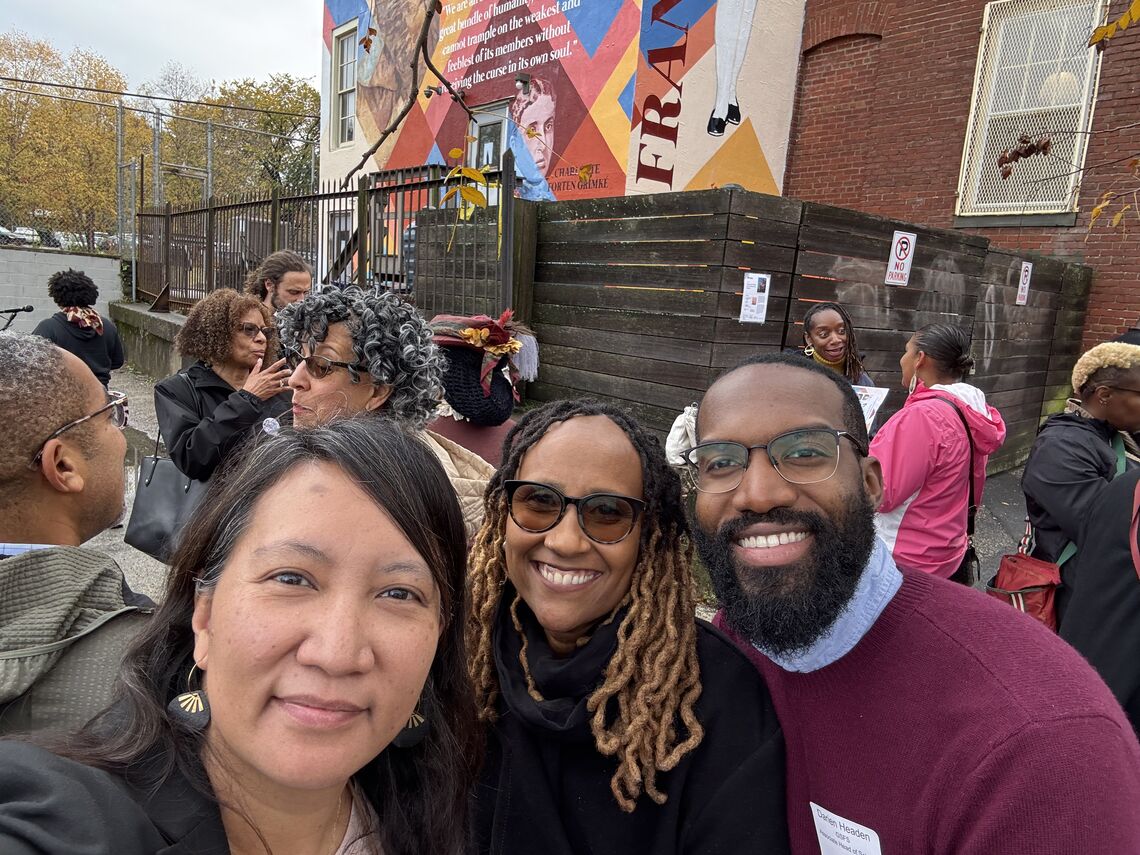- Home /
- News /
- 37th Annual Mold Symposium /
- "We Are All Bound Up Together" Mural Unveiling Celebration
Oct 31, 2025
Friday
"We Are All Bound Up Together" Mural Unveiling Celebration
-
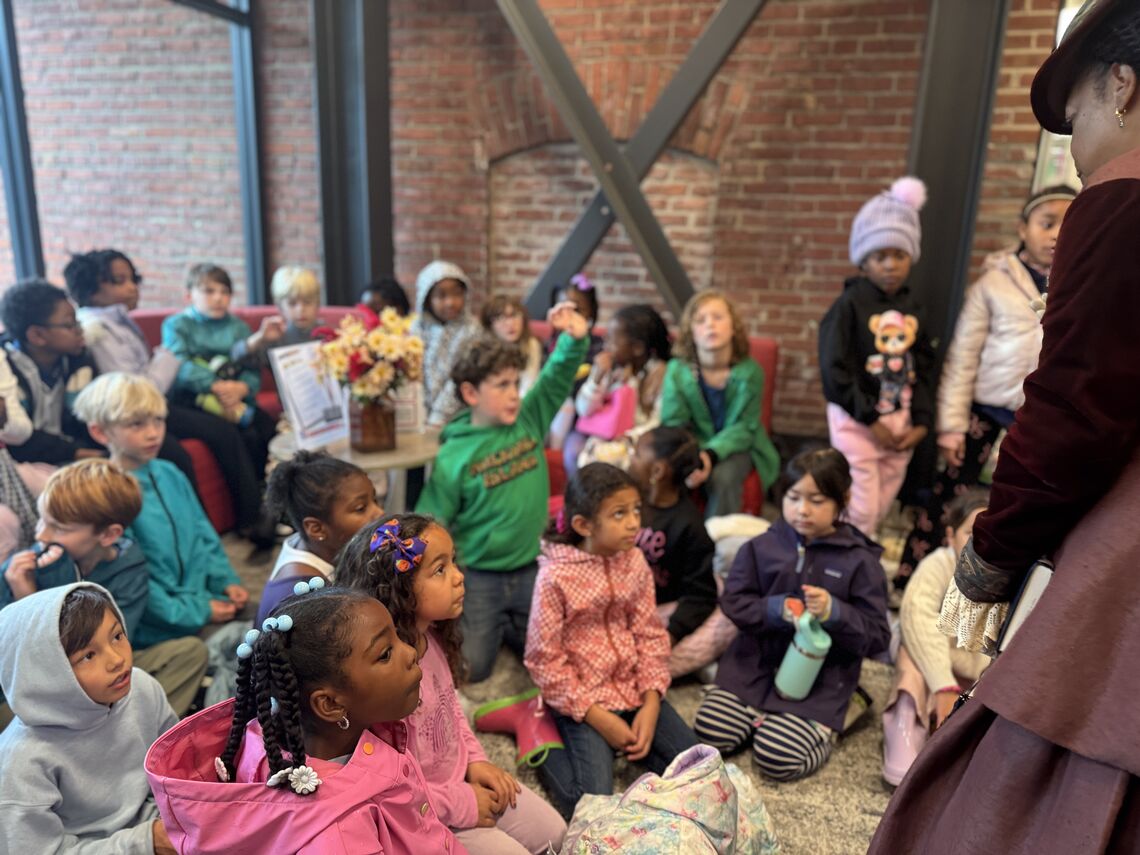
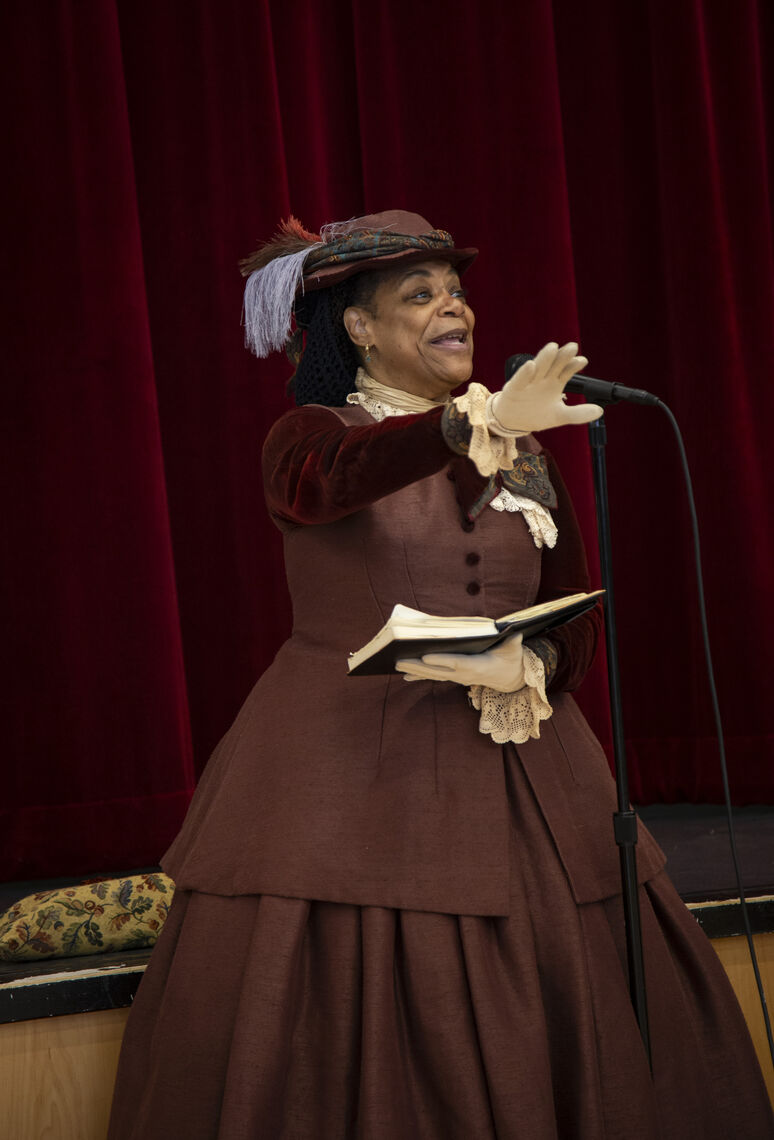



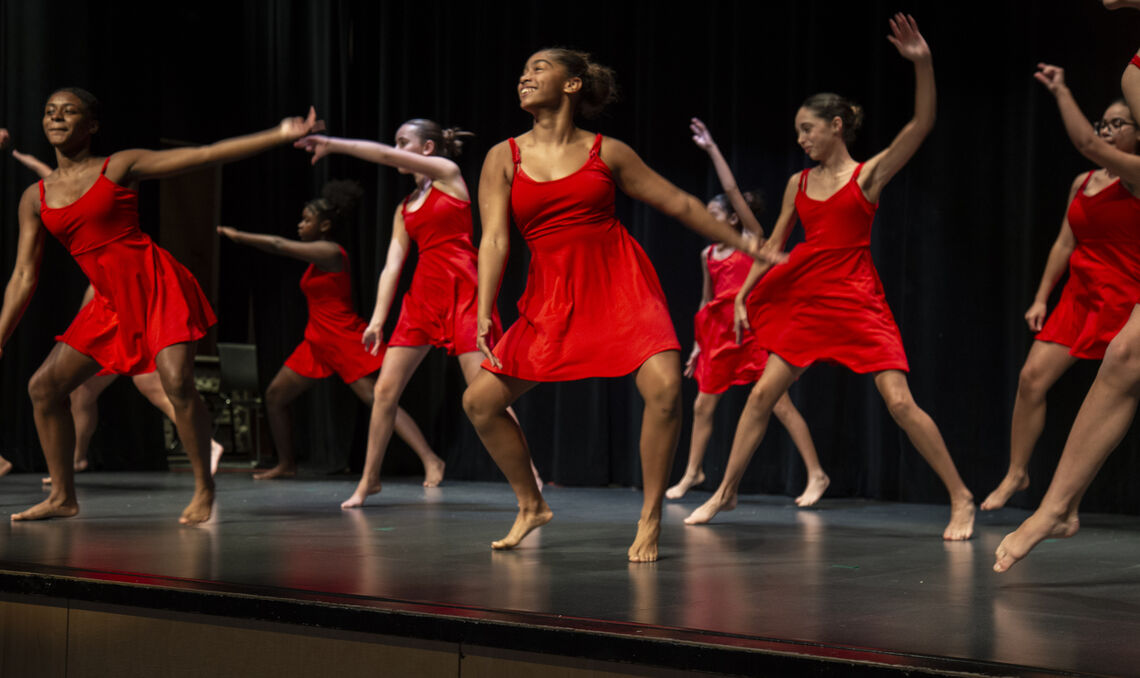
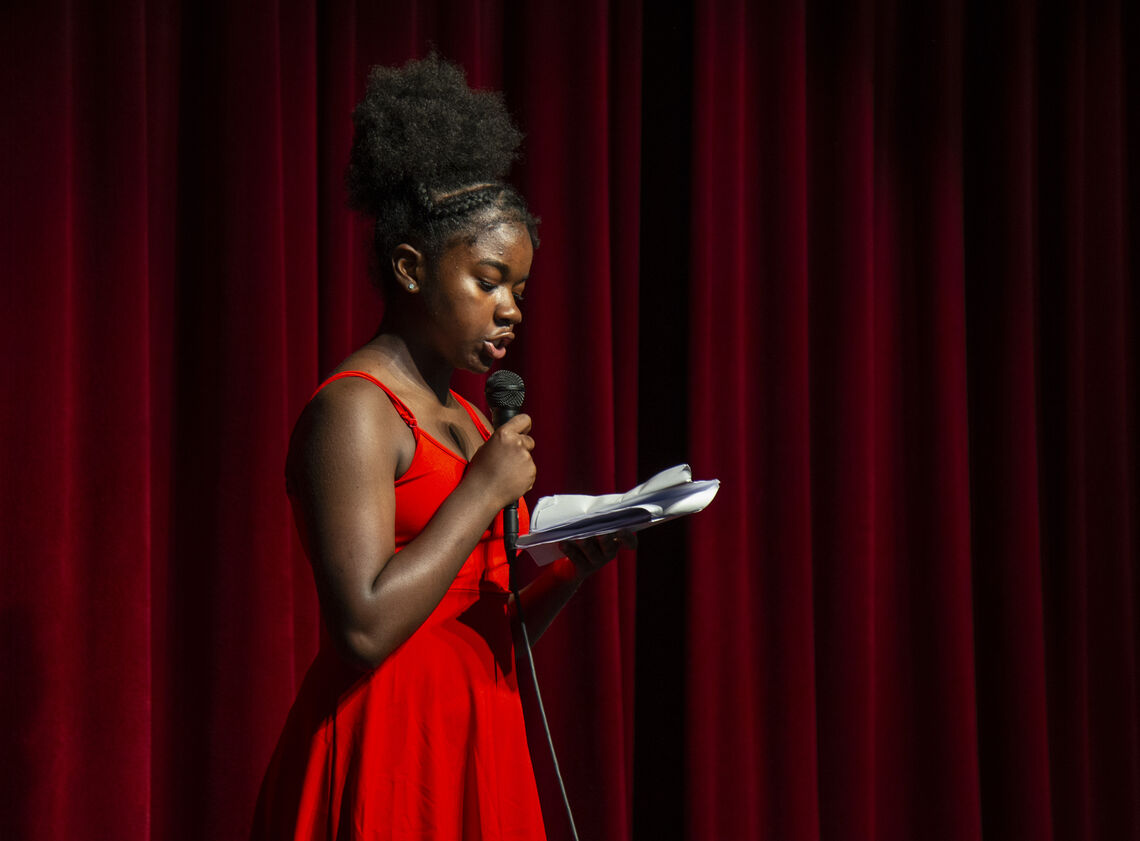
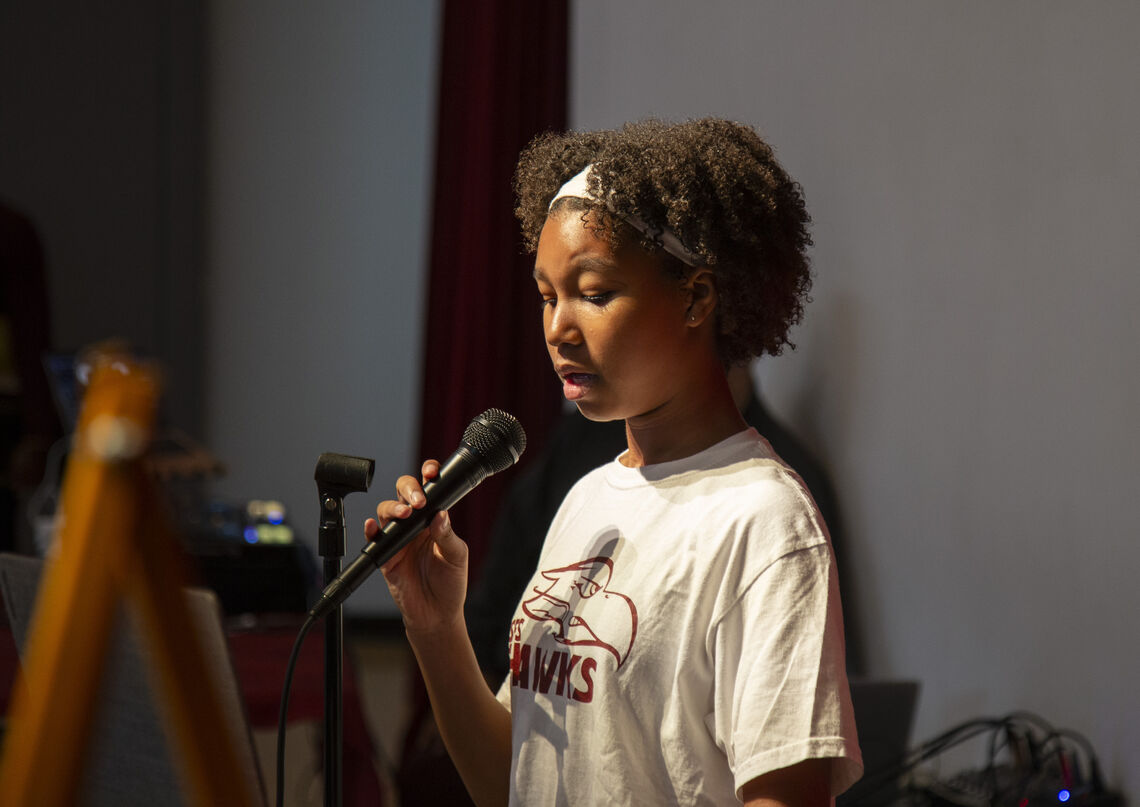
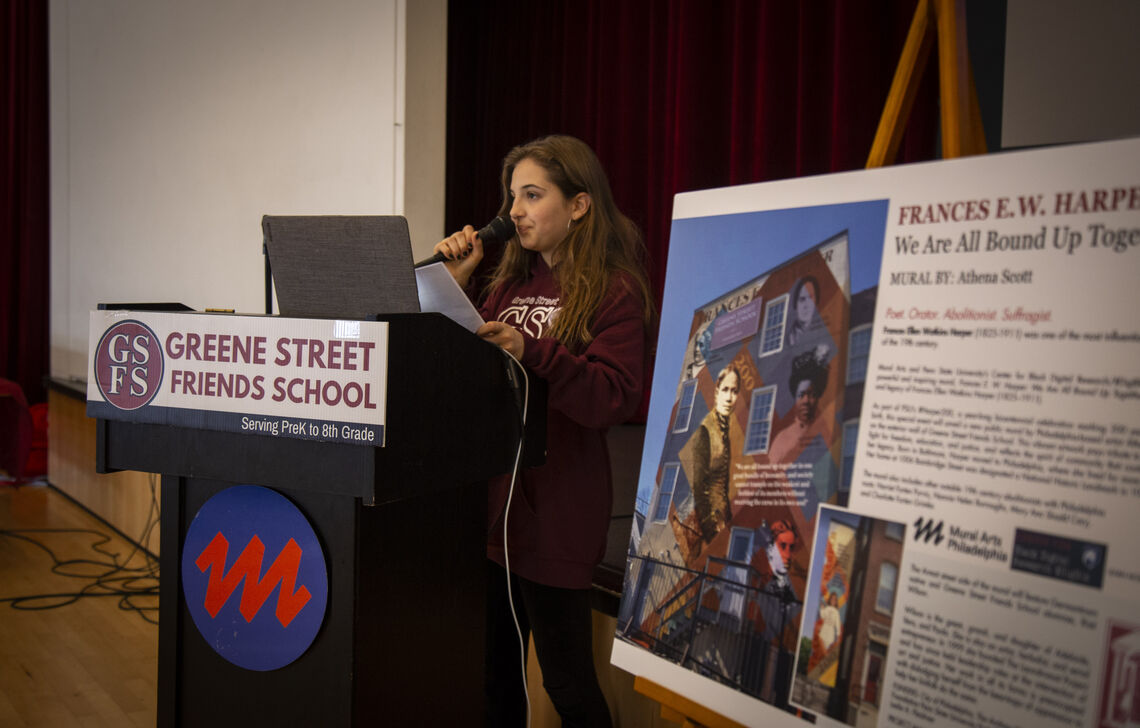
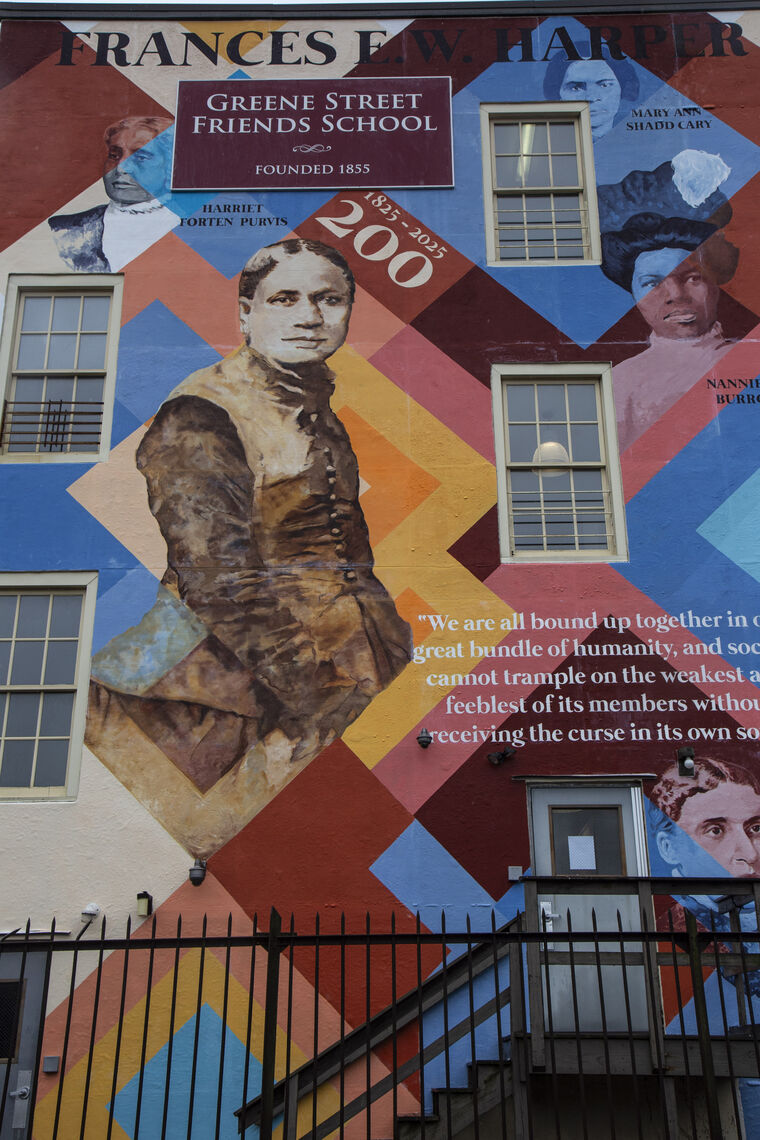
 On Thursday, October 30th, 2025 Greene Street Friends School hosted the unveiling of the new mural “Frances E. W. Harper: We Are All Bound Up Together.” In partnership with Mural Arts and Penn State University’s Center for Black Digital Research (#DigBlk), the event was an overwhelming success.
On Thursday, October 30th, 2025 Greene Street Friends School hosted the unveiling of the new mural “Frances E. W. Harper: We Are All Bound Up Together.” In partnership with Mural Arts and Penn State University’s Center for Black Digital Research (#DigBlk), the event was an overwhelming success.Harper is a trailblazer who shattered barriers as a Black woman educator, writer, and activist. A leader in the movements for racial and gender equality, her legacy is vital to understanding our shared history. Yet her story, like many others’, has been overlooked. This mural serves not only as a tribute to her achievements but also as a call to fulfill her wishes and continue the fight for justice. The mural proposal was part of PSU's #Harper200, a year-long bicentennial celebration of Harper. "We Are All Bound Up Together" depicts Harper as its primary subject but also includes other notable 19th-century abolitionists with Philadelphia roots: Harriet Forten Purvis, Nannie Helen Burroughs, Mary Ann Shadd Cary, and Charlotte Forten Grimke. And the Armat street side of the mural features Germantown native and Greene Street Friends School alumnae, Risë Wilson, wearing a graphic t-shirt of contemporary Black women poets.
From beginning to end, the event was characterized by a joyful reverence for our honoree and her legacy. After a welcoming by emcee and Philadelphia contemporary poet Ursula Rucker, Reverend Carolyn Cavaness from Mother Bethel Church shared a blessing and Dr. Clay Coleman, of the University of Pennsylvania, gave a soulful performance of “Lift Every Voice and Sing.” GSFS student dancers performed a powerful interpretive dance personifying the impact, legacy and life of Frances E.W. Harper. 7th grader Layla shared an original poem created during an earlier workshop with Ursula Rucker and inspired by the mural. And GSFS TORCH (student government) representatives provided speaker introductions.
Sharia Benn, co-founder and artistic director of Sakofa African American Theatre Company of Harrisburg and self described "artivist,”performed Harper’s “We Are All Bound Up Together”(1866) speech in full historically accurate costume. As Harper, she began, addressing us: “I feel I am something of a novice upon this platform. Born of a race whose inheritance has been outrage and wrong, most of my life had been spent in battling against those wrongs. But I did not feel as keenly as others, that I had these rights, in common with other women, which are now demanded . . . We are all bound up together in one great bundle of humanity, and society cannot trample on the weakest and feeblest of its members without receiving the curse in its own soul.” The delivery of the speech compressed time and space in that room. What Harper was speaking about in 1866 is incredibly and undeniably relevant to 2025.
“We are all bound up together in one great bundle of humanity, and society cannot trample on the weakest and feeblest of its members without receiving the curse in its own soul.”
Not only did Benn deliver the speech with a vigor, rigorousness, and candor that compelled adult and youth in attendance alike, she lived the character so convincingly, the young students with whom she directly spoke, sat transfixed, and then, shortly after, began whispering amongst each other: “wait, she’s still alive?” debating the evidence of the encounter. They asked her about her home, her work, her writing. And of course, Benn, as Harper, answered.Risë, exemplifying why she had been chosen as the contemporary embodiment of carrying FEW’s legacy forward, used her brief time at the mic to recall the words from Harper’s speech, turning them into a call to action for the attendees: “What’s your voting plan? Vote. Because freedom is on the ballot.” She reminded us that our young ones cannot vote—so what legacy, and what kind of world, will we leave them? It is imperative that we engage now.
While the mural is dedicated to Frances E.W. Harper and her peers, it also represents something deeper. Jane Golden, Executive Director of Mural Arts Philadelphia, stated: “This mural stands as a rejection of silence and exclusion. It is a declaration of visibility, dignity, and truth. It affirms that Black stories are American stories—and they must be seen, heard, and honored.”
“To me, this mural is a stake in the ground. A permanent reminder that Frances Ellen Watkins Harper was here. That she made a difference. That she changed lives. And that she still matters—today and always.”
Golden ended her remarks: “Portrait murals, in particular, allow us to honor individuals who shaped the world around them. They render the invisible visible. They offer a reverence that lasts. To me, this mural is a stake in the ground. A permanent reminder that Frances Ellen Watkins Harper was here. That she made a difference. That she changed lives. And that she still matters—today and always.”
In the last stanza of her famous poem, “Bury Me in a Free Land,” Harper pleads: “I ask no monument, proud and high, To arrest the gaze of the passers-by; All that my yearning spirit craves, Is bury me not in a land of slaves.” We ask ourselves, now that she has a monument—this mural on our building— what does it mean to honor her wishes and to continue her work?: At GSFS, that means turning her story and legacy into action, and through curriculum development, through poetry workshops, through full school learnings, we are, and we plan to, to amplify her work and share throughout the region.When the rain cleared and the sun lit up the edges of the clouds and warmed the damp side walk, we went outside to witness history, as the ribbon was cut in front of the mural. Risë stood beneath a vision of her past self on the side wall with Ursula beside her. And the spirit of each of these influential Black women—both past and present—were in attendance with us, signaling that we truly are all bound up together, and forever will be.
Photo Credit: Eddie E. Luks and Maani Waldor
Clone Homework
Cloning this assignment will create new assignments that copy all the current information associated with this assignment. The only change will be the date which will be based on the information you enter below. Once you have cloned an assignment, information updated in one of the cloned assignment will not affect the other cloned assignments.


